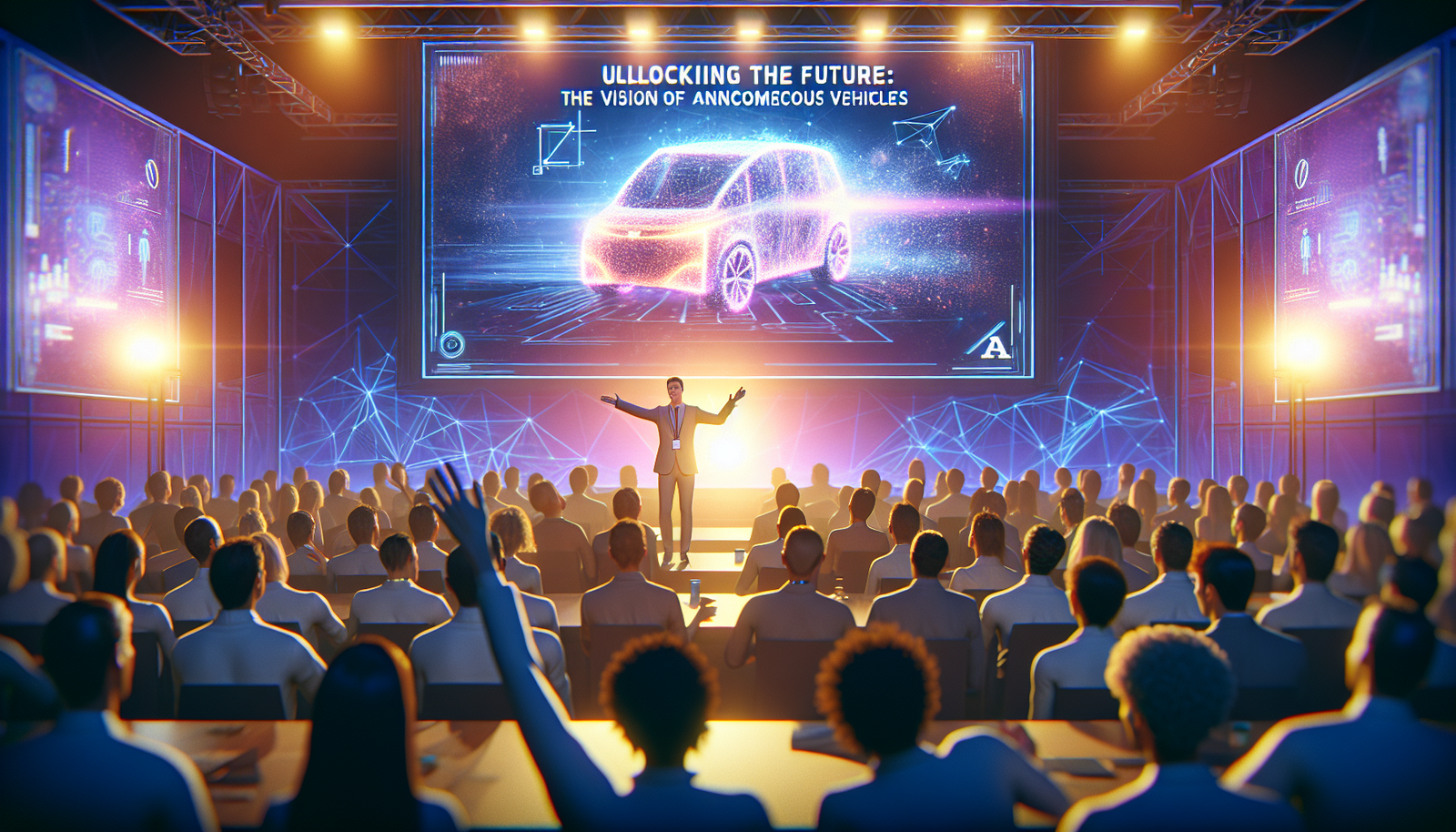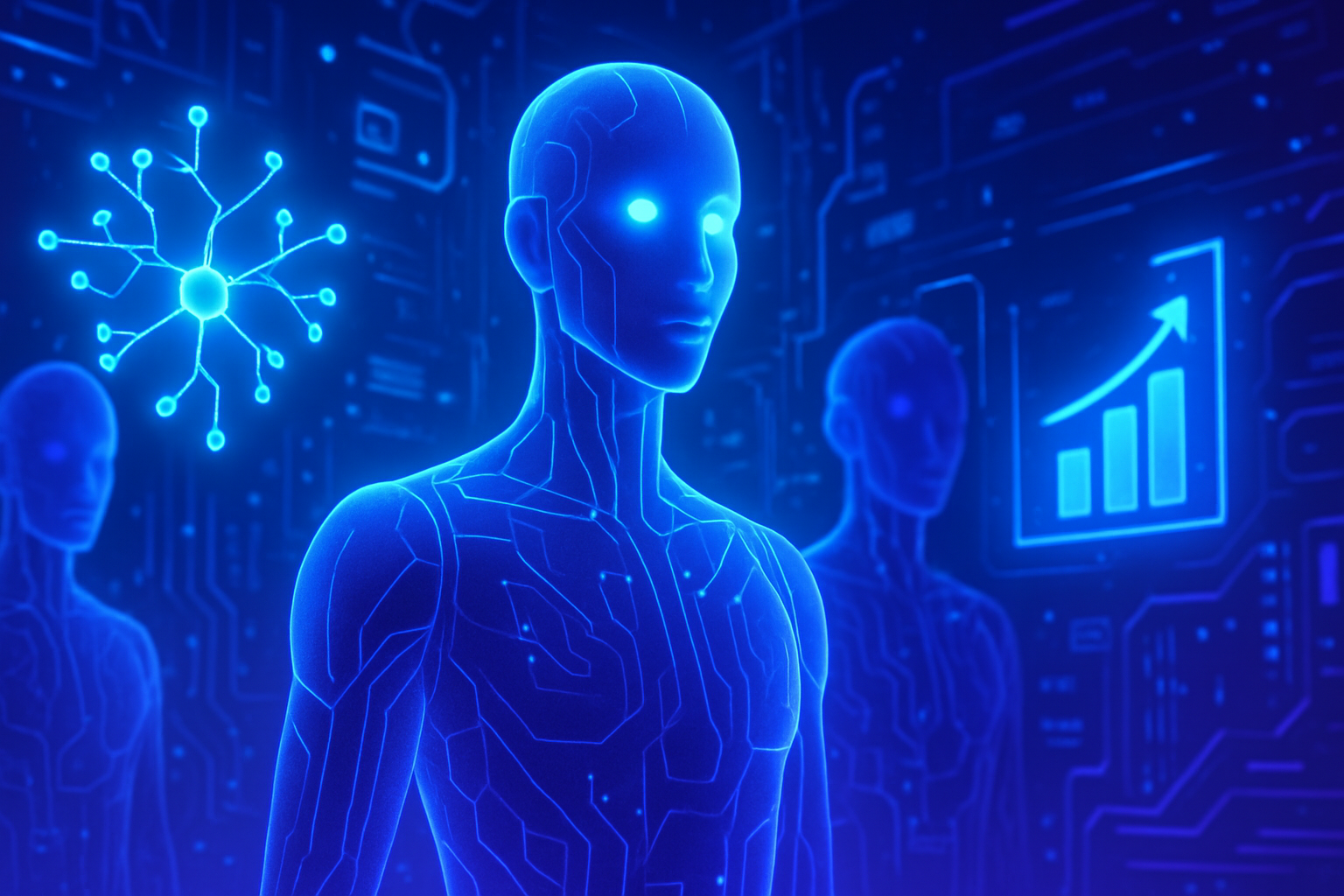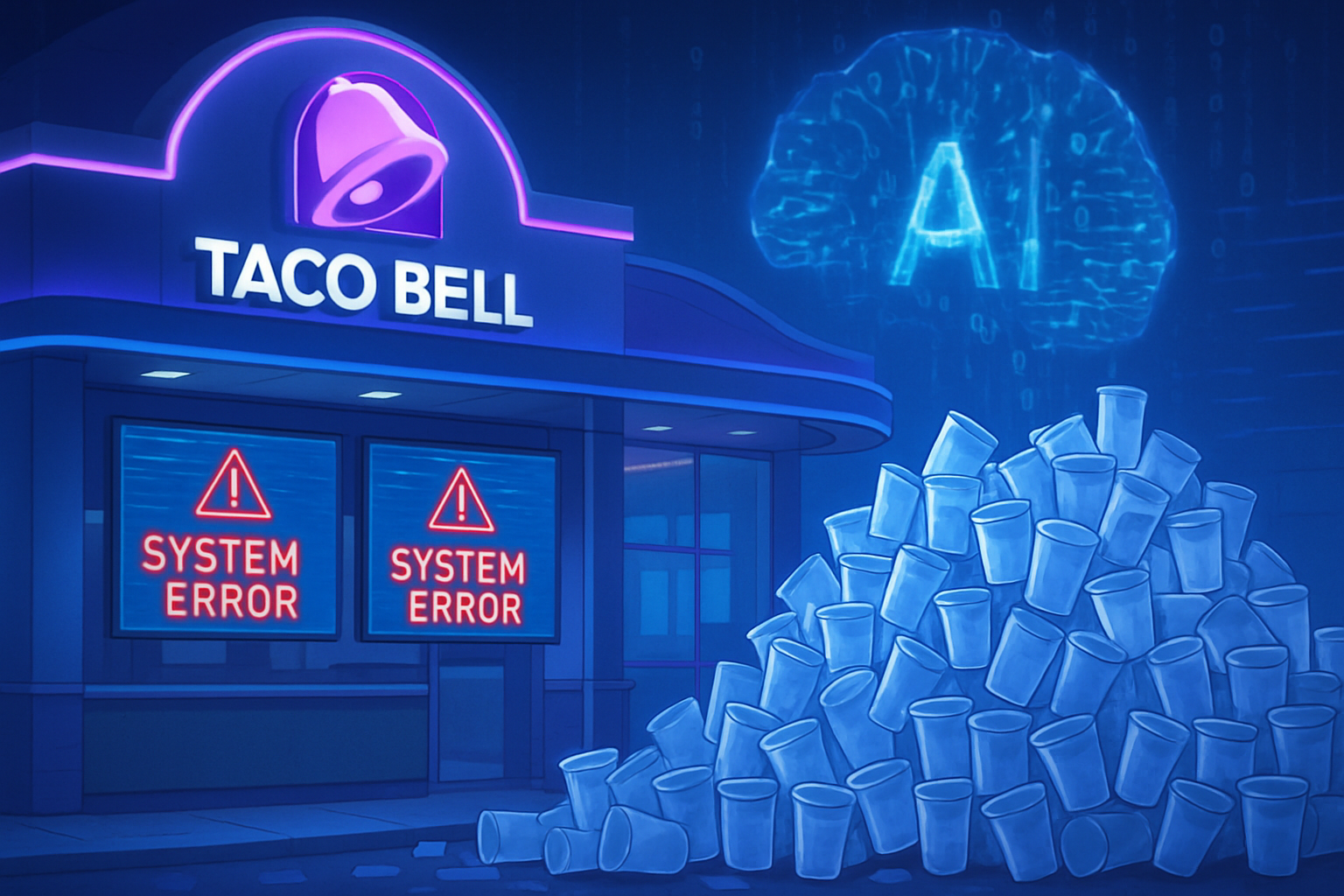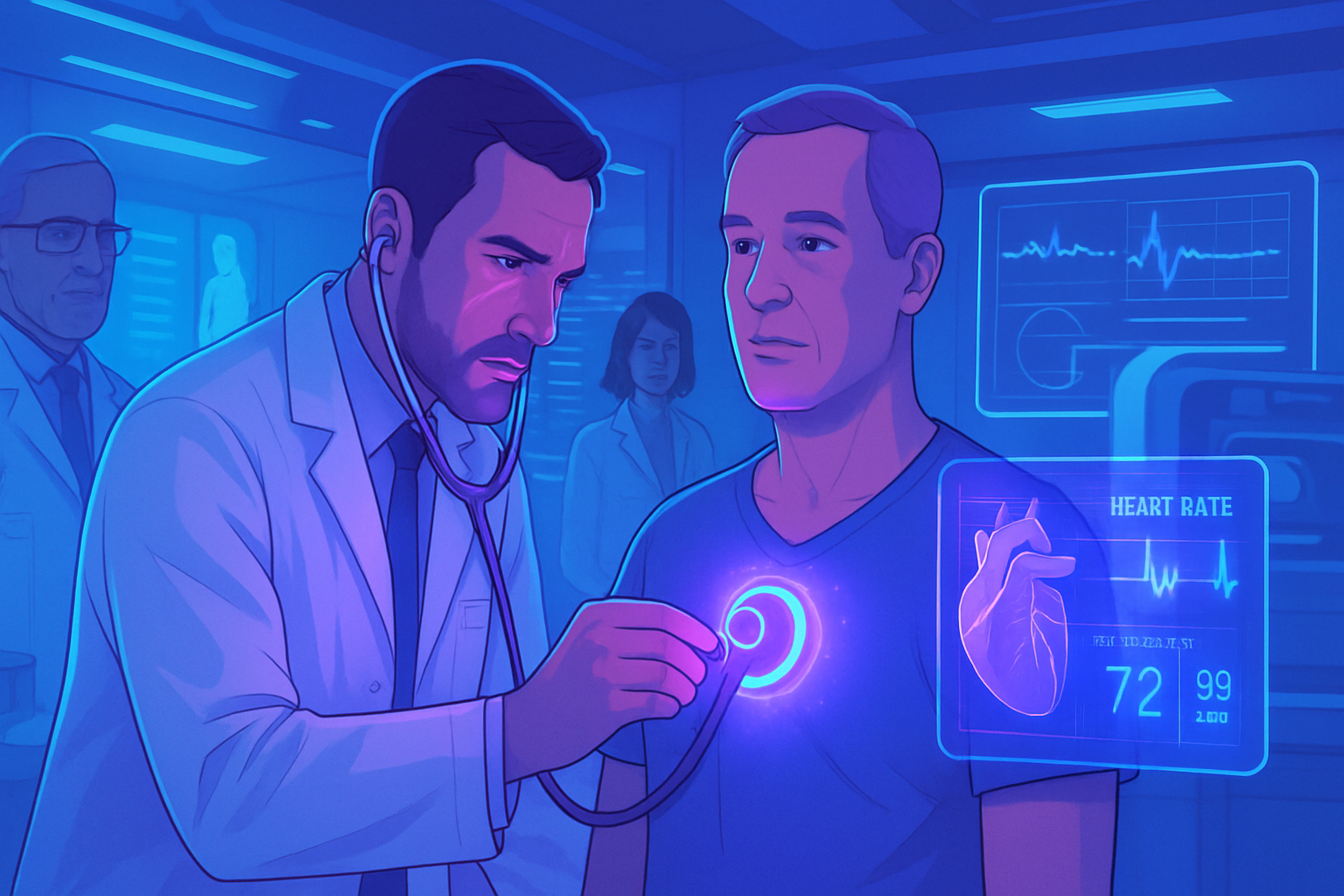Artificial intelligence is currently revolutionizing the automotive industry, and the words of Nvidia’s CEO, Jensen Huang, provide unprecedented insight into this transformation. By presenting the enormous potential of autonomous vehicles, he speaks about exponential growth and a market likely to reach $1 trillion. NVIDIA, with its advanced technologies, positions itself as a pioneer, driving a complete upheaval in our approach to mobility. The strategic and technical support from the company allows us to envision a future where *automation and safety* of trips become the norm for every user.
The Future Perspectives of Autonomous Vehicles
Nvidia’s CEO, Jensen Huang, recently shared his thoughts on the future of autonomous vehicles at CES in Las Vegas. According to his remarks, the industry could reach a colossal market of $1 trillion in the coming years. This forecast relies on the ability of companies to manage and leverage the vast amounts of data needed to train autonomous driving systems.
The Importance of Data in Autonomous Development
Jensen Huang emphasized the critical role of data in designing autonomous cars. He stated, “To construct an autonomous vehicle, it is essential to train a mountain of video data.” Indeed, the graphics chips developed by Nvidia not only support video games but also simulate environments to enhance the learning of autonomous vehicles.
The Rise of AI Supercomputers
Nvidia recently unveiled its new supercomputer, the GB10, designed to integrate personal AI power. Huang stated that this system, based on the Blackwell platform, is experiencing “incredible” demand. He is already anticipating that revenues generated by Blackwell will surpass those of its predecessor, Hopper, in the near future.
The Convergence of Video Games and AI
Advancements in AI are also expected to have a significant impact on the video game industry. Huang mentioned that AI could “revitalize” this sector for creators as well as players. He clarified, “The costs of content creation will decrease thanks to AI, resulting in more engaging and aesthetically pleasing games.” The implications of these innovations promise to transform the user experience in a playful context.
Strategic Collaborations and the Quest for Innovation
Nvidia continues to strengthen its alliances with other industry leaders, as evidenced by its partnership with Toyota to develop decision-making systems for autonomous vehicles. Huang described these collaborations as vital elements for driving innovation. The growing introduction of AI in the transport sector is attracting unprecedented interest and positioning Nvidia as a key player in this technological evolution.
Investment and Growth Prospects
Nvidia’s investment strategy, focused on AI and autonomous vehicles, illustrates a bold vision for the future. The success of the company’s graphics chips and the potential of AI to transform various sectors open the door to significant expansion. Jensen Huang envisions a future where autonomous vehicles could travel a trillion miles each year, representing an unprecedented opportunity for the tech industry.
Trust in Artificial Intelligence
Huang’s confidence in the future of AI goes beyond mere economic growth forecasts. He mentioned the possibility that the industry could reach a form of artificial general intelligence (AGI) within five years. These ambitions challenge the current limits of AI and underscore the need for ethical and secure integration into our daily lives.
Recent Innovations and Their Impact
Nvidia has positioned itself at the forefront of innovation with its exceptional announcements at CES, including its commitment to AI-powered vehicles capable of instantly adapting to extreme turbulence. These advancements could revolutionize the technological landscape. The increasing interaction between artificial intelligence and sustainable mobility seems promising for the future. More information on these notable innovations can be found in articles related to their announcements.
Nvidia pushes the boundaries of artificial intelligence.
Artificial intelligence in 2025: Revolutionizing the technological landscape.
Vehicles equipped with artificial intelligence capable of instant adaptation.
ChatGPT on board cars: towards more interactive driving.
Nvidia strengthens its recruitment for AI-powered vehicles.
FAQ on AI and the Potential of Autonomous Vehicles According to Nvidia’s CEO
What are the main challenges facing autonomous vehicles today?
The main challenges include managing the massive data required for AI system training, perception and interpretation of the environment, as well as safety and reliability in unforeseen situations.
How does Nvidia contribute to the development of autonomous vehicles?
Nvidia develops powerful graphics chips and AI platforms that enable the processing of large data quantities to train autonomous vehicles to react effectively to various driving scenarios.
What is the importance of data for artificial intelligence in autonomous vehicles?
Data is essential for training AI models, as it allows systems to learn to identify objects, anticipate driving behaviors, and make real-time decisions.
What innovations has Nvidia introduced for autonomous vehicles?
Nvidia has introduced advanced chips, such as the GB10 superchip, which flow into AI systems to enhance the performance of autonomous vehicles while facilitating their learning from driving simulations.
What can we expect regarding the autonomous vehicle market in the future?
Nvidia’s CEO, Jensen Huang, predicts that the autonomous vehicle market could become the largest robotics market, reaching values on the order of $1 trillion in the coming years.
How will AI transform the video game industry according to Jensen Huang?
Huang asserts that AI will make content creation less expensive and video games more interesting and visually captivating, rejuvenating the entertainment industry.
What collaborations has Nvidia established to enhance autonomous driving technologies?
Nvidia has established partnerships with companies like Volvo and Toyota to develop autonomous decision-making systems, thus strengthening vehicle capabilities in the market.
What benefits can autonomous vehicles provide to users in daily life?
Autonomous vehicles promise to improve road safety, reduce traffic congestion, and provide increased accessibility to those who cannot drive.
How does Nvidia plan to overcome technical obstacles associated with autonomous vehicles?
Nvidia focuses on continuously improving its simulation and data processing technologies to refine the perception and decision-making capabilities of AI systems in real-world conditions.






